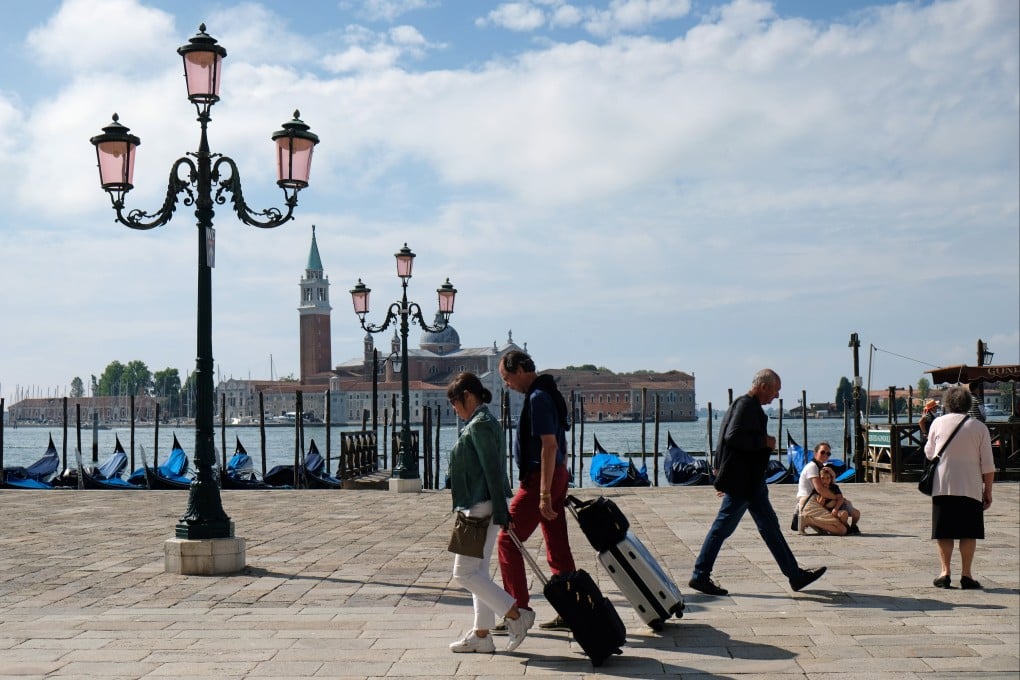Advertisement
Inside Out | To take the Greater Bay Area to the next level, why not learn from Europe?
- As Greater Bay Area cities brag about their strengths, what about enabling unfettered movement of workers in the region and harmonising tax arrangements?
- We have much to learn from the EU, where leaders have found common ground on developing shared practices while protecting local autonomy
Reading Time:4 minutes
Why you can trust SCMP
2

When I think about Hong Kong’s engagement with the Greater Bay Area, which so many have talked and written about over recent years, the temptation remains strong to recall William Shakespeare’s Macbeth, talking of “a tale told by an idiot, full of sound and fury, signifying nothing”.
I recognise that much of the ugly anti-mainland street violence in Hong Kong that scarred the second half of 2019 has created an awkward backdrop for discussions of intensified cooperation across the Greater Bay Area development zone.
I also recognise that slow progress is perhaps inevitable 18 months into a pandemic that has slammed all brakes on cross-boundary travel, and limited most exchanges to Zoom video calls. There is undoubtedly much more going on that is at present visible, but the rewards so far of three or more years of conferences, reports, and official-level meetings seem terribly thin.
Advertisement
I say this as someone who is passionate to see progress. I see a multitude of benefits that can arise. Indeed, whatever the reservations of those anxious to protect Hong Kong’s autonomy, and to prevent erosion of “one country, two systems” after imposition of the national security law, I see closer integration into the Greater Bay Area as indispensable to Hong Kong’s future prosperity. It is at the same time critically important to Beijing as it looks to leverage the Greater Bay Area as a laboratory and prototype for what China (with its other two economic clusters around Beijing-Tianjin and around Shanghai) hopes to accomplish as it builds and strengthens the economy.
I was pleased to see how the Hong Kong Trade Development Council reached out to San Francisco’s Bay Area Council Economic Institute, publishing last month a study on synergies between the business communities in the San Francisco Bay Area – the original “bay area” – and our own bay area.
Advertisement
Advertisement
Select Voice
Choose your listening speed
Get through articles 2x faster
1.25x
250 WPM
Slow
Average
Fast
1.25x

